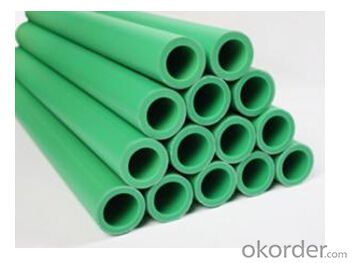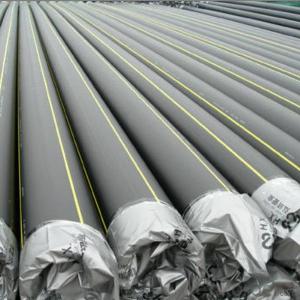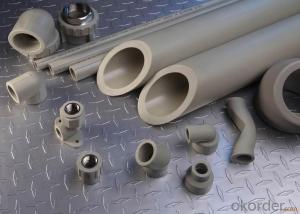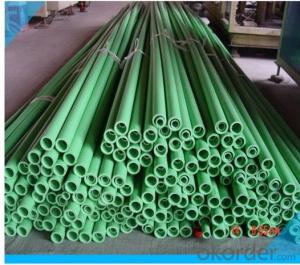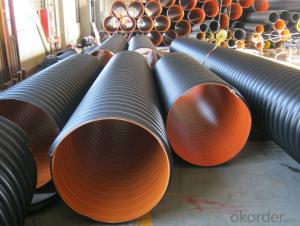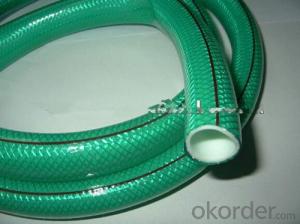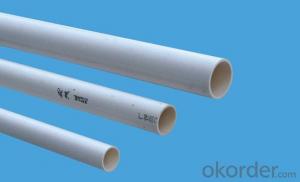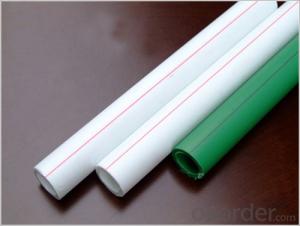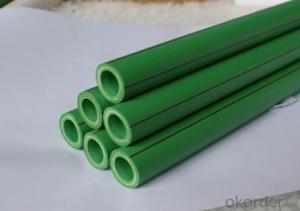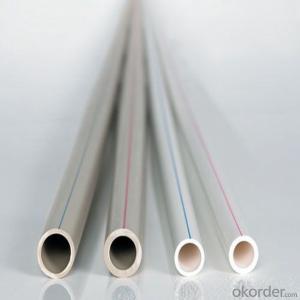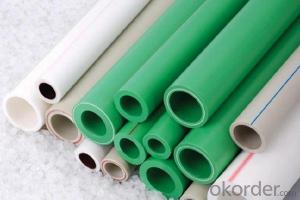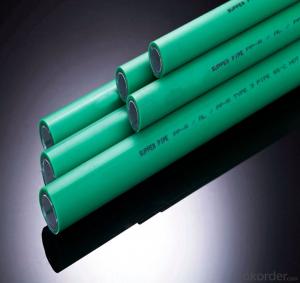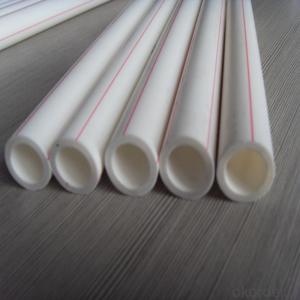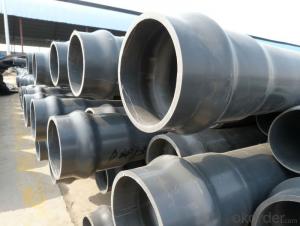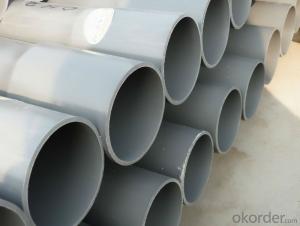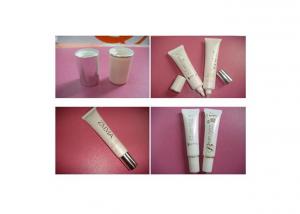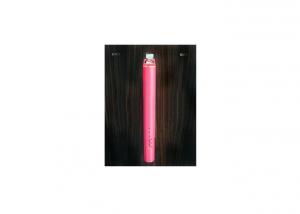Plastic Tubes - PPR Green Pipes for Cold Water PN1.25, 20*2.0mm
- Loading Port:
- Tianjin
- Payment Terms:
- TT OR LC
- Min Order Qty:
- 5000 m
- Supply Capability:
- 300000 m/month
OKorder Service Pledge
OKorder Financial Service
You Might Also Like
Product Features
1.Corrosion resistance
PPR pipes and fittings can resistant to most chemical corrosion; it can withstand PH value range 1-14 high concentration of acid and alkali corrosion over a wide temperature range.
2.Installation performance
PPR pipe PPR pipe is light in weight, and the operation installation is easy, which make it available to weld again. It is very important that pipe and pipe fittings can be welded together in seconds with a simple tool. Compared to traditional connection methods it can save 40%~50% of the time.
3.Safety Indicators
The basic component of PPR is carbon and hydrogen which is simple. It keeps in line with food hygiene regulations, non-toxic. If you use PPR pipe, there will no dirt in the inner wall or “secondary water pollution” caused by rust any more.PPR pipe ,green building materials, is more suitable for transporting drinking water.
Advantages of PPR pipe
1.Maximum operating temperature can up to 95℃; it can work in a long term under the condition of 70℃ and 1.0Mpa.
2.PPR pipe density is only 1/8 of metal pipe; pressure resistance strength test is up 5Mpa, with good toughness, impact resistance.
3.Inner diameter of PPR pipe is little bigger than that of pipe fittings, which can ensure not to increase the resistance to fluid flow.
4.Inner wall of PPR pipe is smooth, no rust, no scaling, small fluid resistance
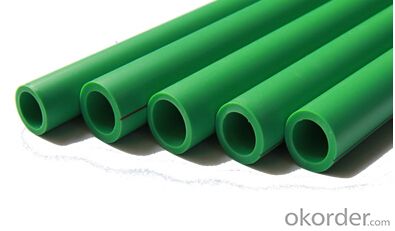
Application
1.Hot and cold drinking water supply system of civil and industrial buildings
2.Clean, pure water piping system
3.Beverage production and transport systems
4.Industrial liquid delivery system
- Q: What is the white plastic water pipe material commonly used in engineering?
- The white plastic water supply pipe commonly used in engineering is rigid PVC pipe (uPVC).UPvC tube has high impact resistance and chemical resistance. It can be added different additives according to the different requirements, so that it can meet the different requirements of physical and chemical properties. According to the structure form, they are divided into single wall tube, core layer foam pipe, radial reinforced pipe, spiral winding pipe, double wall corrugated pipe and so on.
- Q: How to remove the rust plastic pipe
- The so-called "rouge" is actually "rust".
- Q: What material of buried pipeline needs to be treated with rust prevention? What kind of material needs to be treated with antiseptic, what kind of material is it made or not?
- But such as corrosive or too humid environment, such as galvanized steel pipe also need anti-corrosion; there are electrochemical corrosion conditions, such as beaches, concrete, not repair steel pipe also have anti-corrosion measures; and so on.
- Q: Can plastic tubes be used in medical applications?
- Yes, plastic tubes can be used in medical applications. They are commonly used for various purposes such as delivering fluids, administering medications, draining bodily fluids, and conducting diagnostic tests. Plastic tubes offer flexibility, ease of use, and are often disposable, making them suitable for a wide range of medical procedures.
- Q: Can plastic tubes be reused?
- Yes, plastic tubes can be reused. They can be cleaned and sterilized for multiple uses, reducing waste and promoting sustainability.
- Q: We are going to buy a new fridge and we want one with an icemaker. the ideal place for it is about 32 feet (running the tubing) away from the water source. Is this possible to do? We are on a flat slab so we cannot run under the floors. it would have to be run up the wall, across part of the ceiling and under the sink.
- Do not use that small plastic tubing to run in those places.Use copper tubing,so that there won't be any leaks.
- Q: What are the common diameters of drainage plastic tubes?
- The common diameters of drainage plastic tubes typically range from 3 inches to 12 inches.
- Q: i was thinking sterilization cause due to being a surgical instrument, but can we sterilse plastic in autoclave or UV lights? confusing question.......
- Most plastic stuff comes already sterile from the manufacturer. There is the option of gas sterilization, if the tubing won't survive an autoclave. Most surgical instruments are metal and ARE re-sterilized, at least in the OR's where I work. We don't reuse tubing.
- Q: Are plastic tubes resistant to bending fatigue?
- Yes, plastic tubes are generally resistant to bending fatigue due to their flexibility and ability to withstand repeated bending without breaking or becoming damaged.
- Q: How do you prevent plastic tubes from discoloration?
- To prevent plastic tubes from discoloration, you can use UV stabilizers or additives during the manufacturing process. These additives help to protect the plastic from the harmful effects of sunlight and prevent discoloration. Additionally, storing the tubes in a cool and dark place can also help to minimize discoloration over time.
Send your message to us
Plastic Tubes - PPR Green Pipes for Cold Water PN1.25, 20*2.0mm
- Loading Port:
- Tianjin
- Payment Terms:
- TT OR LC
- Min Order Qty:
- 5000 m
- Supply Capability:
- 300000 m/month
OKorder Service Pledge
OKorder Financial Service
Similar products
Hot products
Hot Searches
Related keywords


